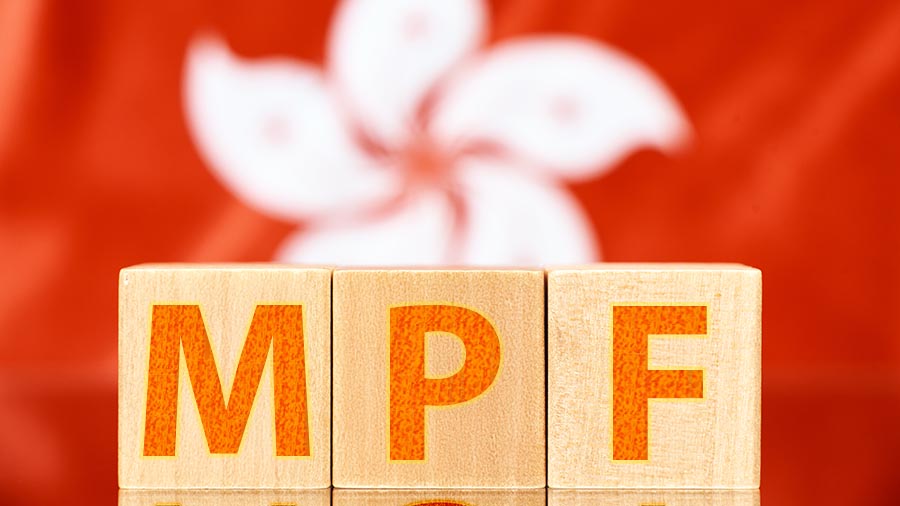China FDI Inflows Drop for Sixth Straight Month
Jan. 1 – Foreign direct investment into China fell 5.4 percent to US$8.29 billion in November 2012 when compared to levels seen over the same period a year earlier, marking the sixth consecutive month of decline in the country. The Chinese government has attributed the slump to weak economic growth, the on-going European debt crisis, rising costs, as well as weak domestic demand.
The drop continues the overall trend of decline that begun in November 2011. FDI inflows have decreased every month since then, with the exception May 2012, when it registered a marginal 0.05 percent growth. For the first 11 months of 2012, FDI was down 3.6 percent year-on-year to US$100 billion. Despite an 11 percent increase from Japan, overall FDI investment from Asian economies, including Hong Kong and Taiwan, registered a 5 percent year-on-year-decline to US$85.1 billion. For the crisis-stricken European Union, the figure dropped by 2.9 percent to US$5.81 billion, while it increased by 6.3 percent to US$2.91 billion for the United States.
With respect to China’s FDI outlook in 2013, the country still faces a tough trade environment as global economic growth remains weak, and the divergence of investment flows to other countries has become clear after the global financial crisis, according to Shen Danyang, spokesman for the Ministry of Commerce.
Still, Shen suggests that FDI inflows are likely to be stable in 2013 and won’t drop significantly. The country still boasts competitive advantages in utilizing foreign investment, such as a large domestic market, a cost-efficient labor force, and an improving investment environment.
In terms of China’s trade in 2013, Shen painted a relatively pessimistic picture as the gloomy prospectus of global economic growth and various forms of trade protectionism will likely suppress external demand.
“Although the domestic environment is getting better due to incentive policies aimed at stabilizing growth, the external environment allows no optimism, and obstacles for trade growth are still large,” he said.
The country has set to increase FDI inflows at an average annual rate of 17 percent through 2015 to reach US$150 billion.
For further details or to contact the firm, please email china@dezshira.com, visit www.dezshira.com, or download the company brochure.
You can stay up to date with the latest business and investment trends across China by subscribing to The China Advantage, our complimentary update service featuring news, commentary, guides, and multimedia resources.
Related Reading
China Eases FDI Rules Concerning the Administration of Foreign Exchange
Getting Paid from China – Procedural and Tax Implications
China Accelerates Approval of Investment Quotas for QFIIs and RQFIIs
Chinese Currency Controls and the Liberalization of the Renminbi
China Releases Measures for Strengthening Credibility Supervision in Securities and Futures Market
China Expands QFII Schemes to Allow Greater Foreign Investment
China Urges Financial Industries to Serve Real Economy
- Previous Article Chinese Outbound Foreign Direct Investment Faces Rigorous Scrutiny
- Next Article China Approves Plan for Creation of the Central Plains Economic Zone




























